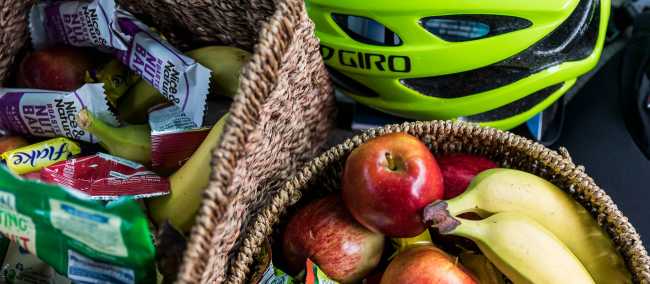
Plenty of snacks for the trail | Lachlan Gardiner
By Robin Esrock
There's a moment on every outdoor adventure when you feel the lightning strike of hunger. One second, you’re peddling or walking along, and the next your energy drains out like water in a bathtub. It happened to me riding on the Confederation Trail in PEI, hiking in the Rockies, and riding through the lush forests of the Laurentians. It’s hard to enjoy the view when your stomach is mounting an intestinal insurrection! The difference between triumph and tribulation comes down to one crucial factor: what you pack for snacks.
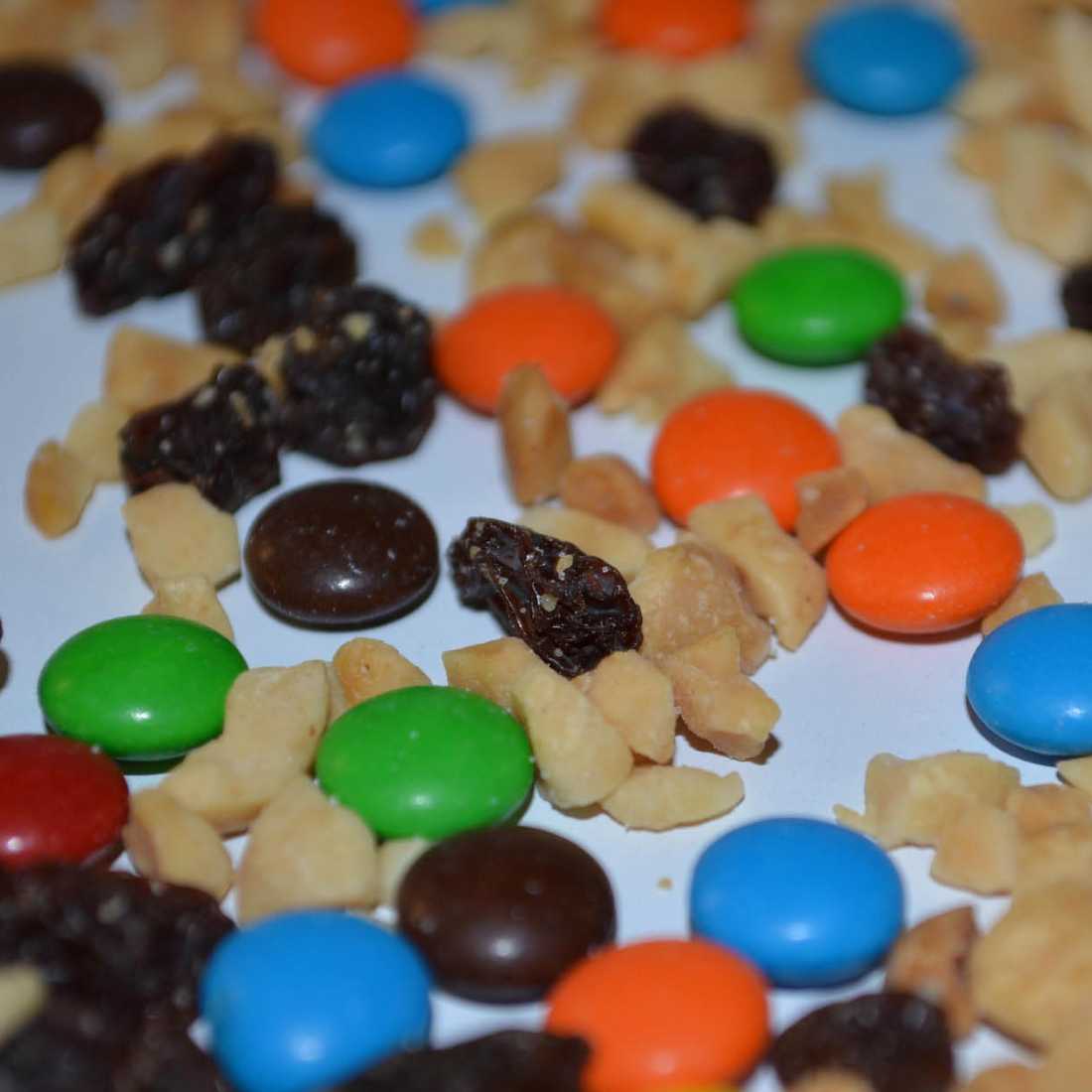
Adventure snacking is both an art and a science, and timing is everything. A granola bar tucked into your daypack isn't just a treat; it’s strategic survival gear that boosts energy and morale when you need it most. The most practical tip is to eat something before you’re hungry and drink before you're thirsty. Once these physical sensations have kicked in, your performance has already started to decline. Blood sugar levels will have dropped significantly, possibly leading to an energy crash, mental fatigue, and that terrible feeling of hitting a wall. Thirst is actually a late indicator of dehydration, and even mild dehydration can reduce physical performance by a whopping 30%. Dehydration is serious because it makes your blood thicken, making your heart work extra hard to pump, which increases tiredness as well as cognitive functions. Much like cold, it’s much harder to catch up if you fall behind. Now that we’ve established why you should snack and hydrate, let’s look inside the snack pack.
GORP has been fuel for outdoor adventures before there were outdoor adventures. Travelling with an energy-dense mix of nuts and fruits, easily stored and consumed, goes all the way back to hunter-gatherers. As a trail mix, Good Old Raisins and Peanuts (or Granola, Oats, Raisins, and Peanuts) became associated with hiking, backpacking and climbing in the 1960s, the perfect balance of quick-energy carbs from dried fruit and lasting protein from nuts. When I hiked the West Coast Trail, a few handfuls of GORP – with added chocolate chips, seeds and dried fruits - usually sufficed for lunch. Packing a few sandwich bags of your own, custom GORP mix literally goes a long way.
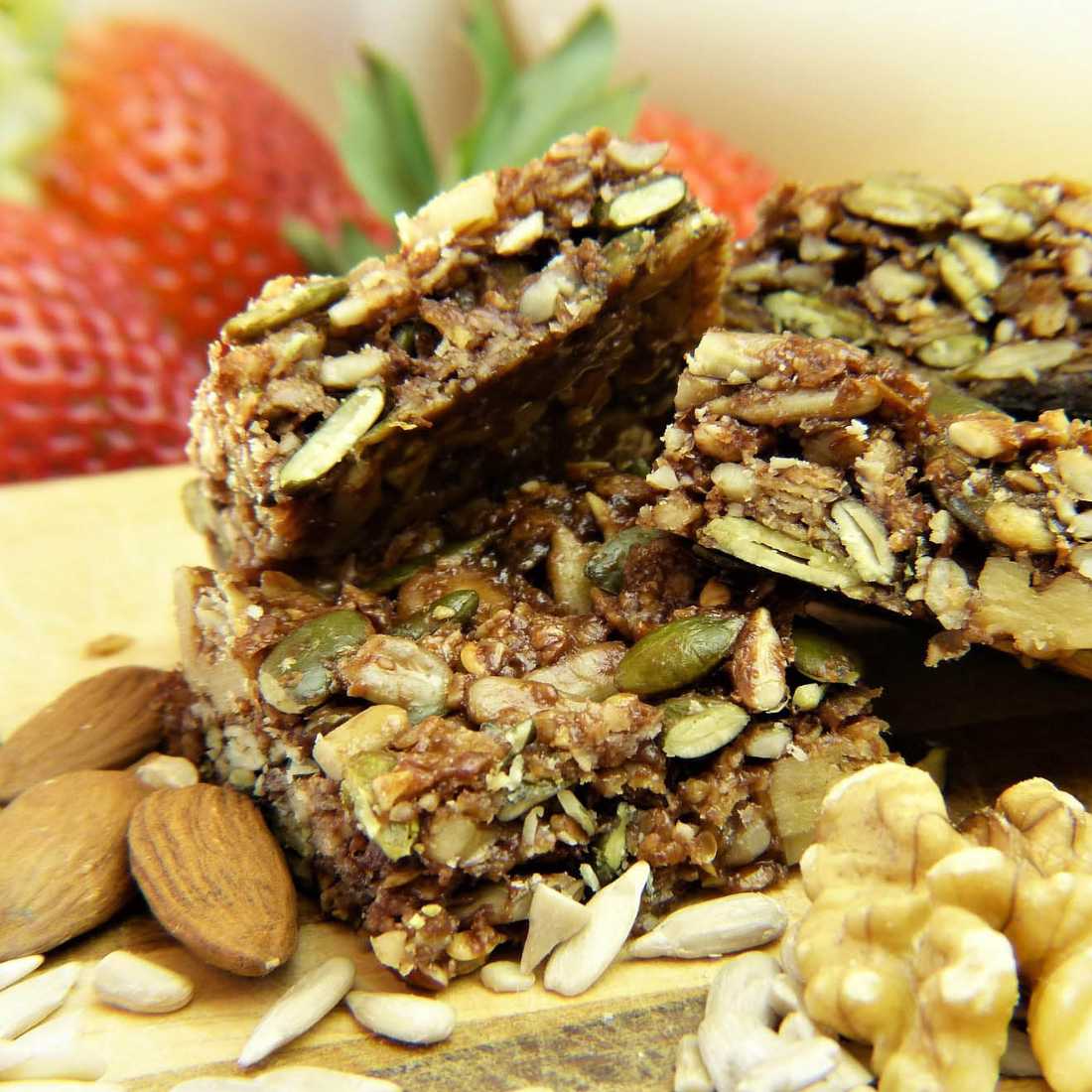
I've sampled dozens of brands across seven continents (yes, Antarctica too). The key is finding bars that combine natural ingredients with a good balance of protein, carbs, and healthy fats. My go-to combination is a bar that packs at least ten grams of protein, fibre for sustained energy, and natural sugars from dried fruits rather than artificial sweeteners. Right now, my go-to are VEL All Natural Cereal Bars, which don’t contain any ingredients I can’t pronounce. For nuts, I recommend cashews (rich in magnesium to help muscle cramps) and almonds (an ideal combination of healthy fats and protein). Apples and oranges are perennial hiker favourites because they’re durable, delicious, and full of natural sugars. Bananas are also popular for their high levels of potassium, but you’ll want to make sure they don’t get squashed all over your pack!
Temperature management is crucial too. Chocolate-covered anything becomes a messy disaster in high summer heat, while protein bars freeze into tooth-cracking bricks in cold weather. I suggest keeping temperature-sensitive snacks close to your body in winter and opt for heat-stable options in summer. A zip-lock bag of GORP stored in an easily accessible pocket has never let me down, regardless of the weather.
If you need a quick energy boost on the trail, few things rival the effectiveness of energy drops or chews. These concentrated forms of natural sugars provide an almost immediate surge of energy when you're hitting a wall. Energy gels and chews have come a long way from their artificial beginnings. Many now contain a sophisticated blend of different carbohydrate sources that your body can process simultaneously, allowing for better energy absorption without a sugar crash. Unlike processed sugars, honey offers additional benefits like natural antimicrobial properties and trace minerals that can help sustain your energy levels. A bar of dark chocolate can be a sweet treat, reward, or mood booster. I've found that keeping a small bottle of honey drops or energy chews in an easily accessible pocket really helps during those final challenging kilometres. Chase an energy drop with sips of water to help your body process the concentrated energy source.
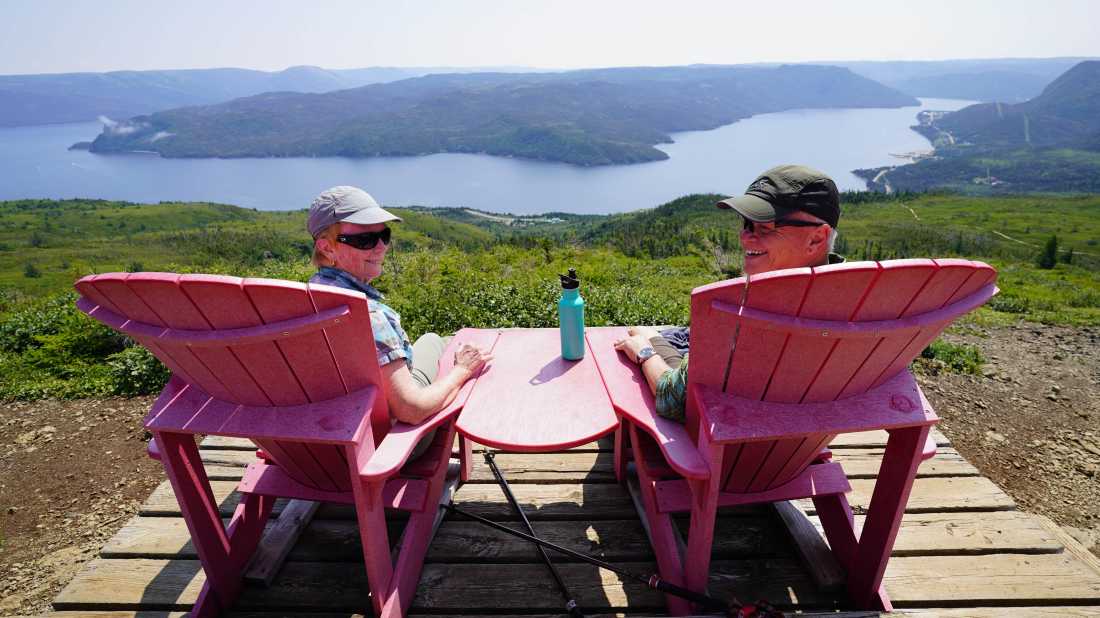
Much like a high-performance engine, our bodies need both fuel and coolant to run efficiently. For every hour of moderate activity, you should be sipping 250-500ml of water. Your body also absorbs water better when paired with a small amount of food. That's why I coordinate my water breaks with a handful of almonds or dried fruit. Natural sugars and electrolytes help our bodies make the most of every drop. It’s always recommended to carry more water than you’ll actually need. Some people need to drink more than others, just as long you remain hydrated, especially if you’re sweating in warmer temperatures.
The art of adventure snacking isn't just about what you pack – it's about how you pack it. Careless placement will see messy or mushy results (see bananas above). You also want your snacks easily accessible, so you can avoid rifling through your pack innards in search of a quick nutritional fix. I keep my snacks organized in a soft packing cube, placed in resealable bags depending on what they offer: quick, sweet energy boosts like energy gummies or chocolate; nuts and seeds for sustained energy; and protein bars for hunger boosts. Even if I don’t get to the snacks, it’s reassuring to know they’re ready to go if needed.
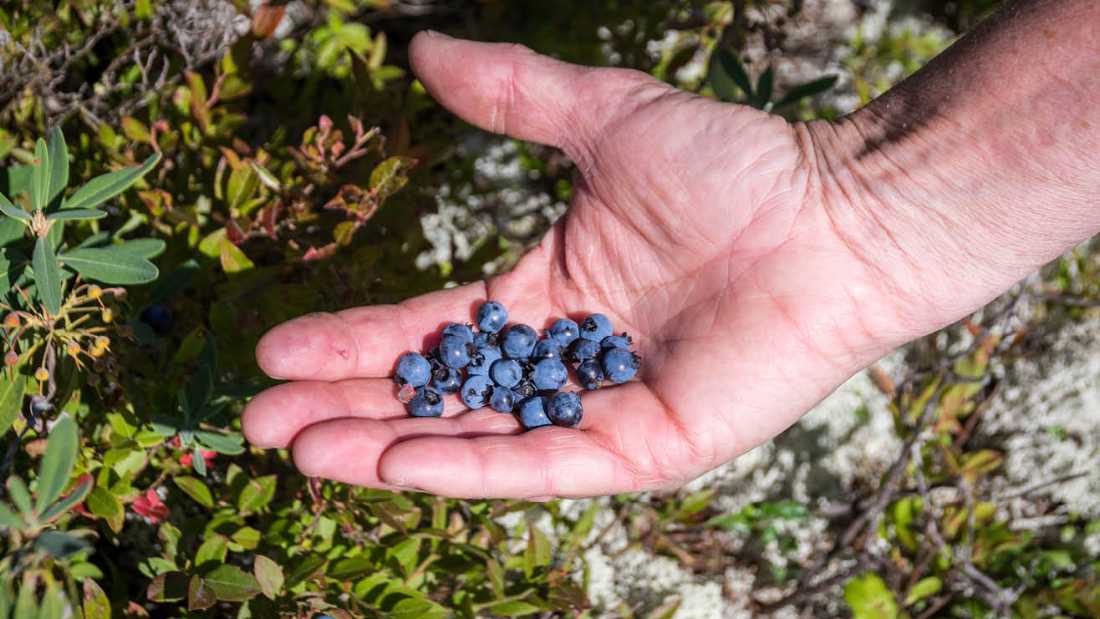
Regardless of what you have in your pack, the best adventure snack is the one you actually eat. All the nutritional perfection in the world counts for nothing if it tastes like the wrong end of a beaver. Some protein bars in particular are guilty of packing in nutrition at the expense of taste. Before you head out, experiment with different products and combinations of GORP mixes, and test your snacking strategy on shorter outings before committing to a longer adventure.
The hunter-gatherers and early mountaineers who first combined dried fruits and nuts knew something fundamental about outdoor nutrition: sometimes the most basic combination of sweet and salty, quick energy and lasting protein, is all one needs to keep pushing toward the horizon. Pack wisely, fuel up frequently, and never underestimate the morale-boosting power of a well-timed trail snack.
Robin Esrock is the best-selling author of The Great Canadian Bucket List.